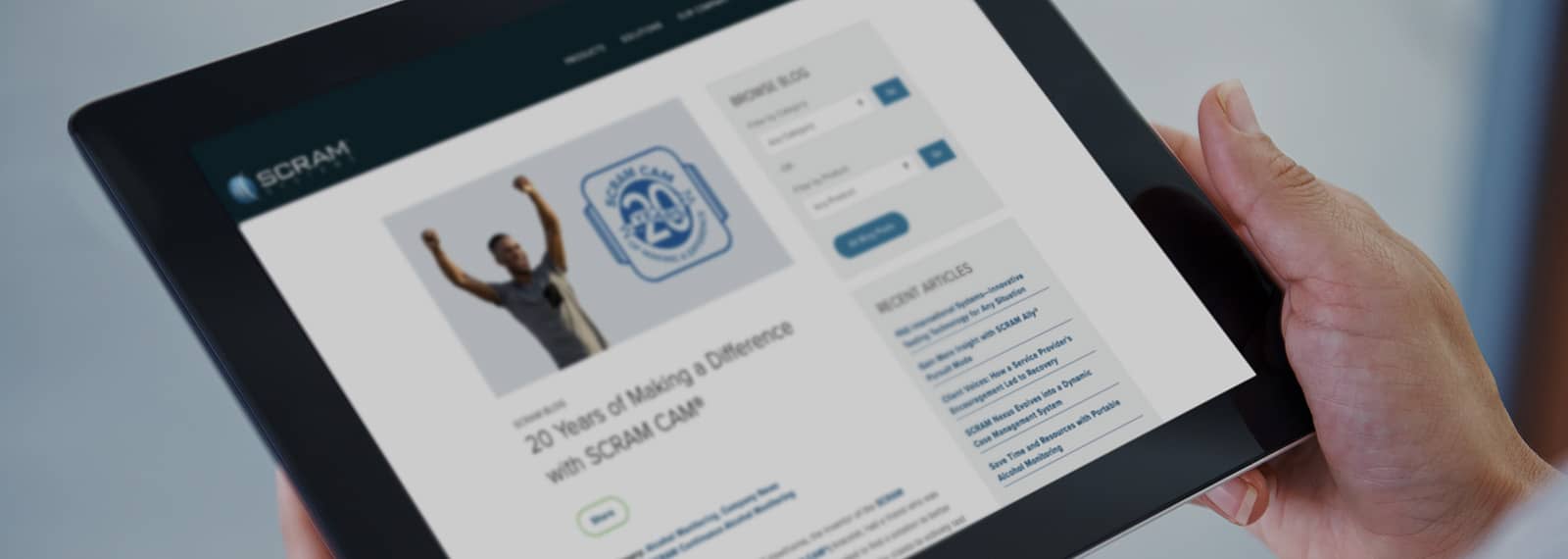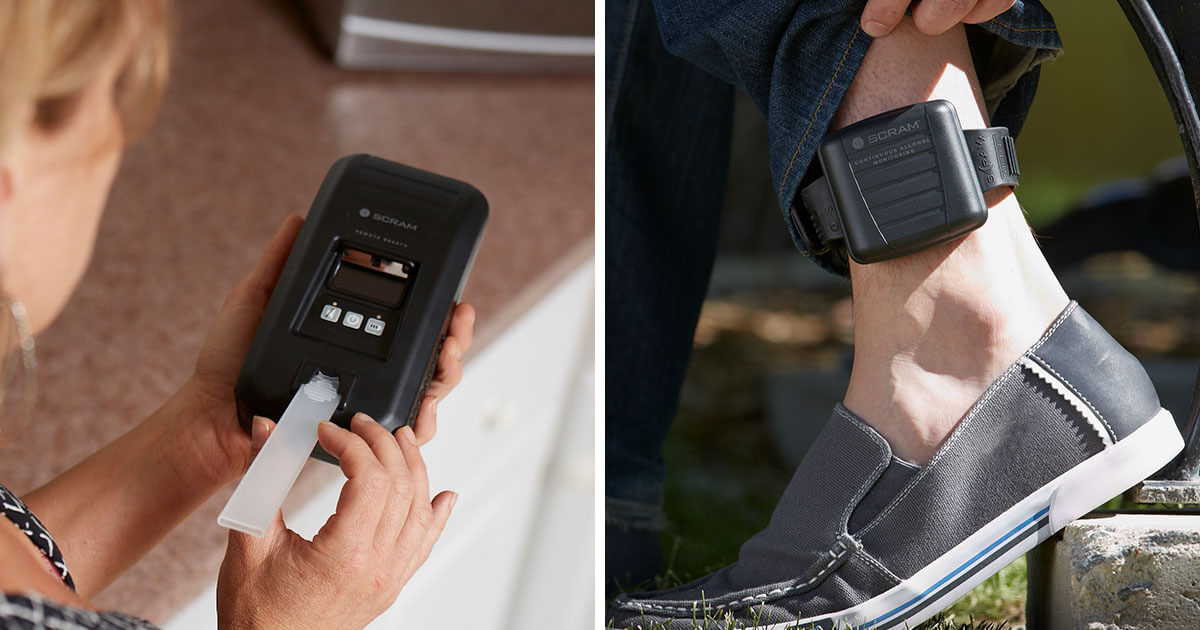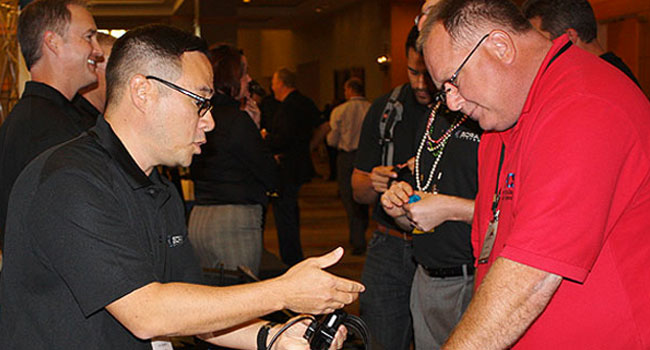
How Sheriffs are Using Alcohol Monitoring Technology to Supervise Offenders
Jail overcrowding is a serious issue in the U.S., imprisoning more people than any other nation in the world. With 60% of jail inmates awaiting deposition and not actually serving time for a conviction, sheriffs programs that rely on alcohol monitoring technology to oversee clients in lieu of incarceration are becoming more prevalent throughout the states.










